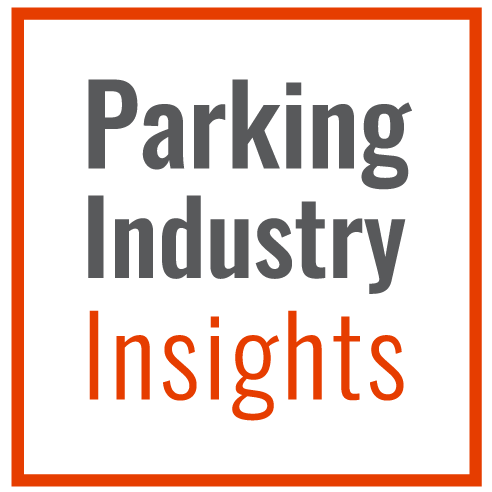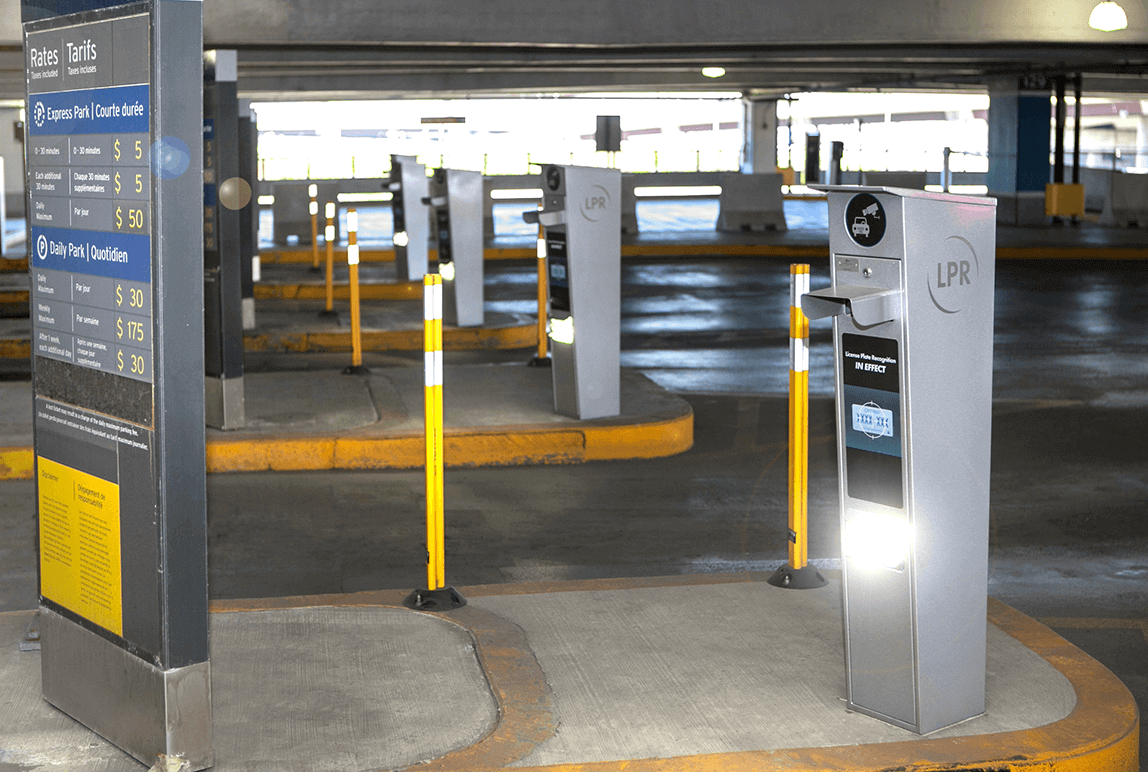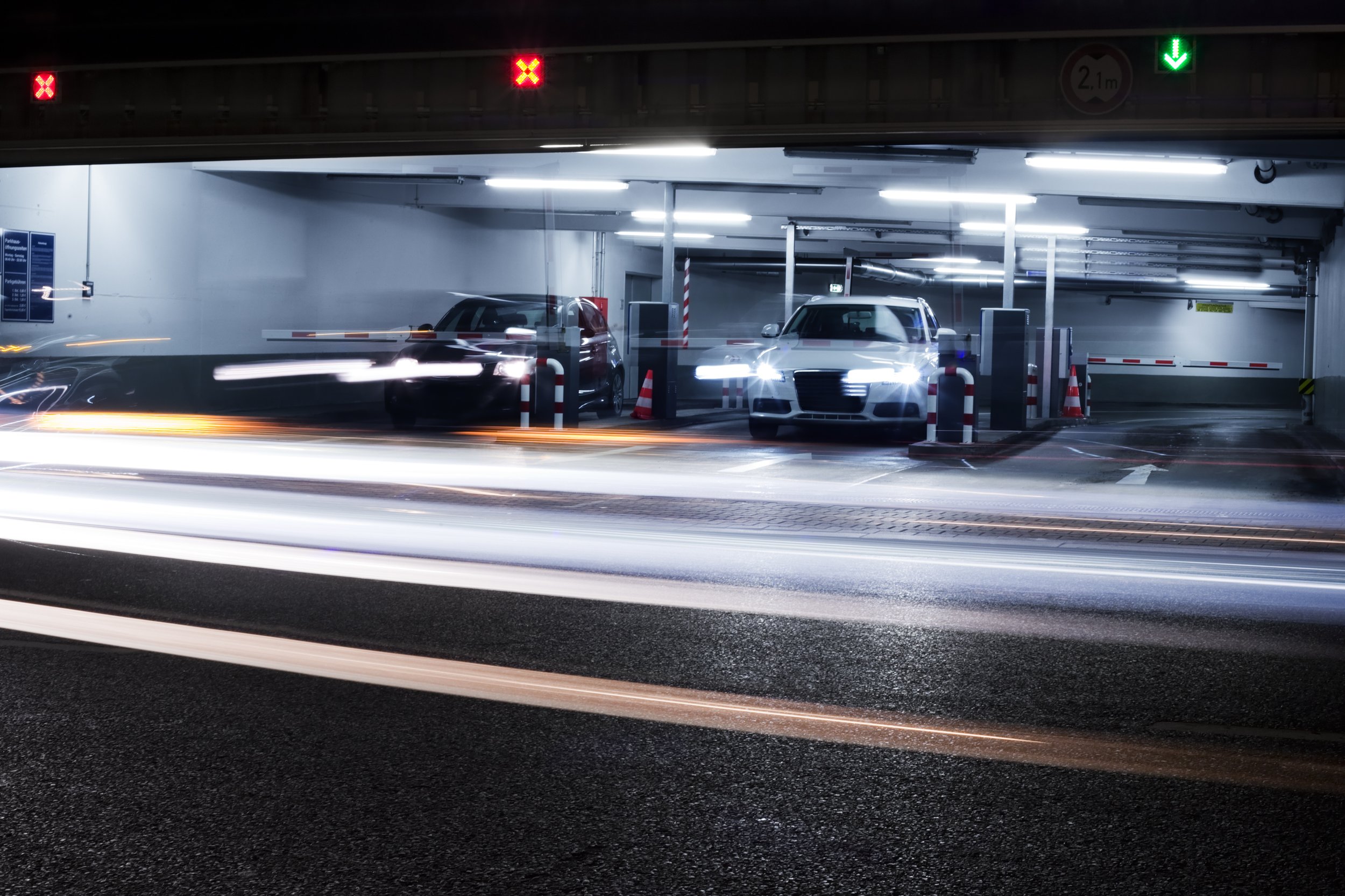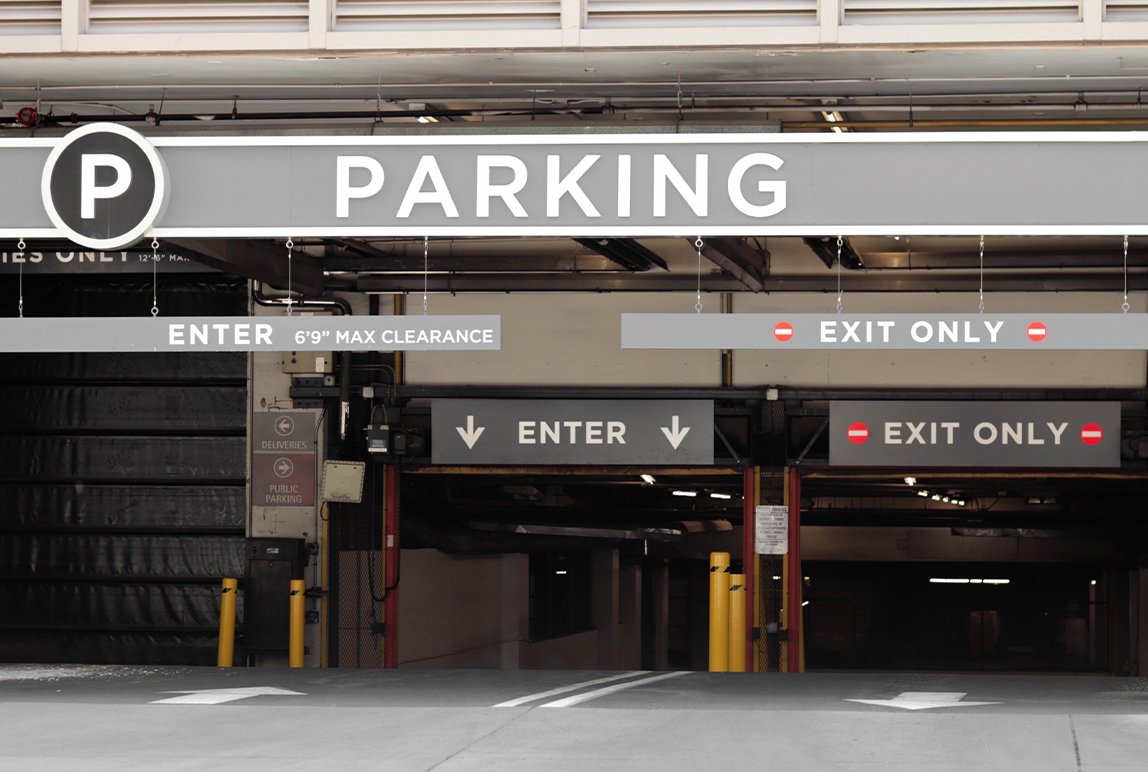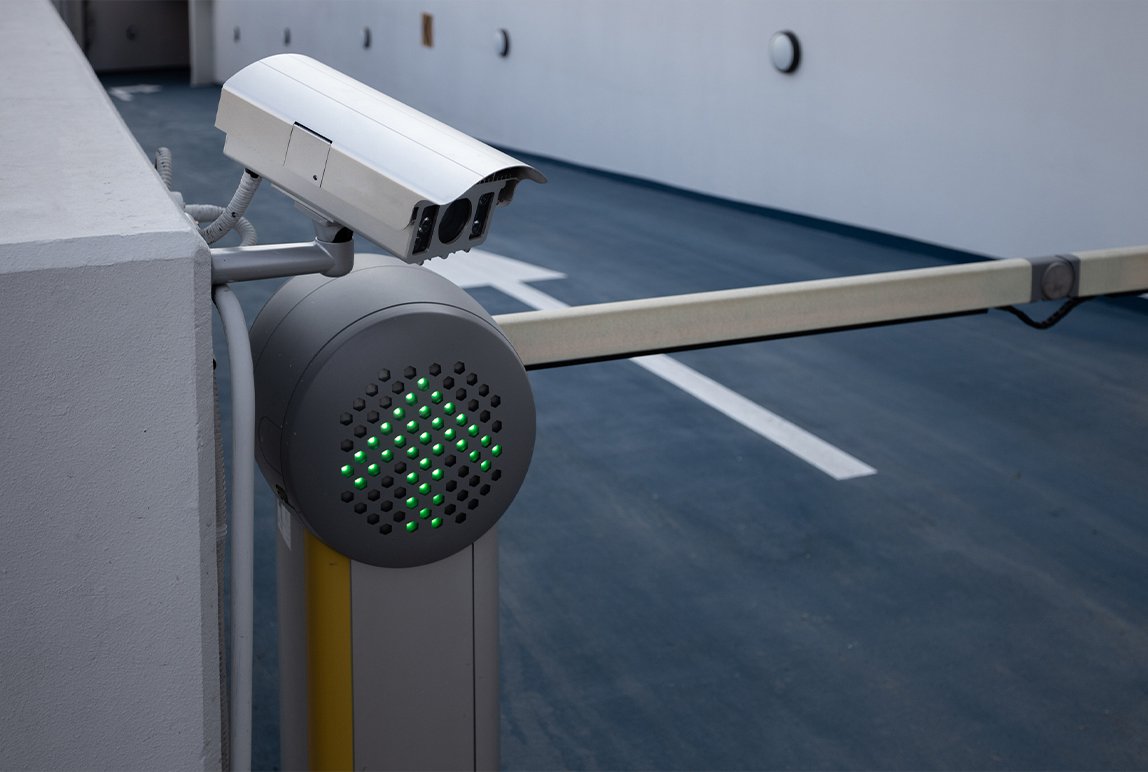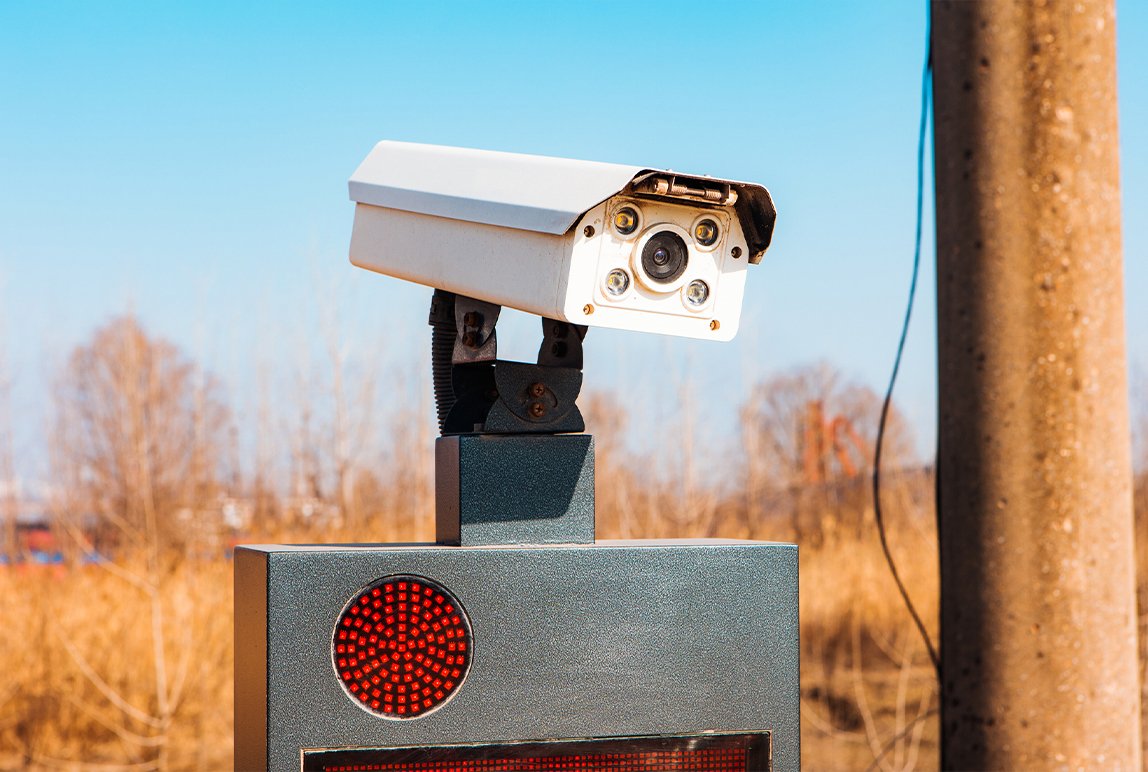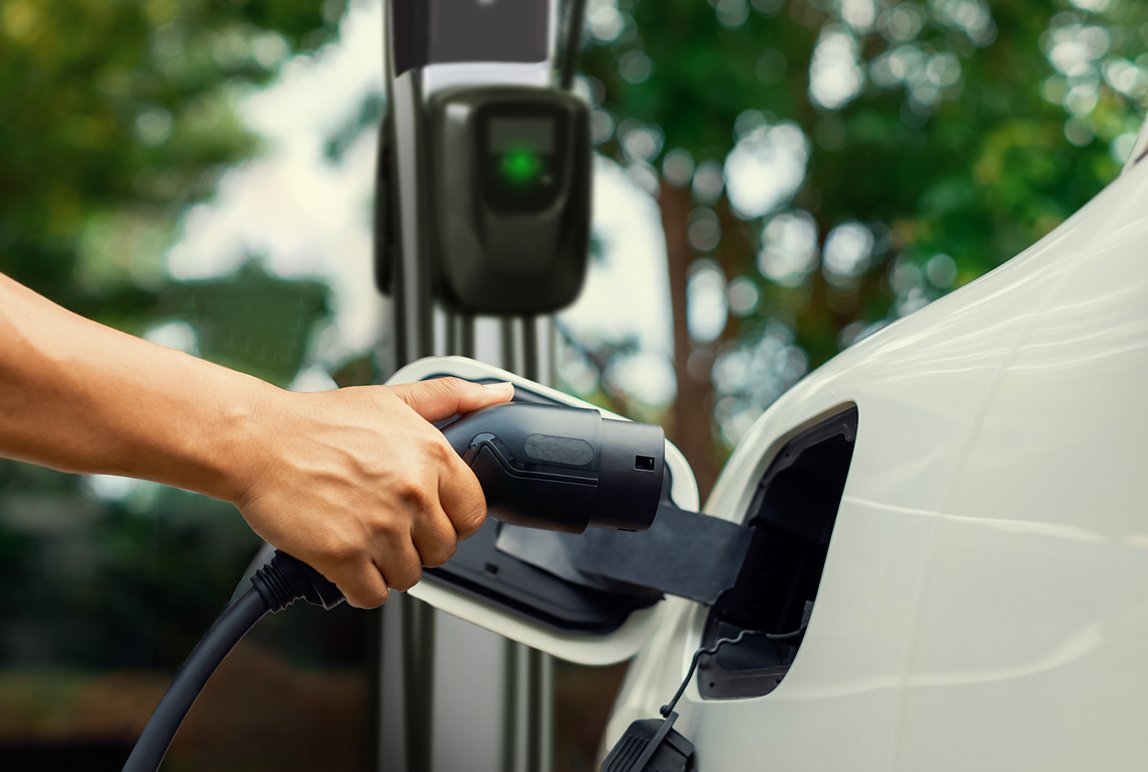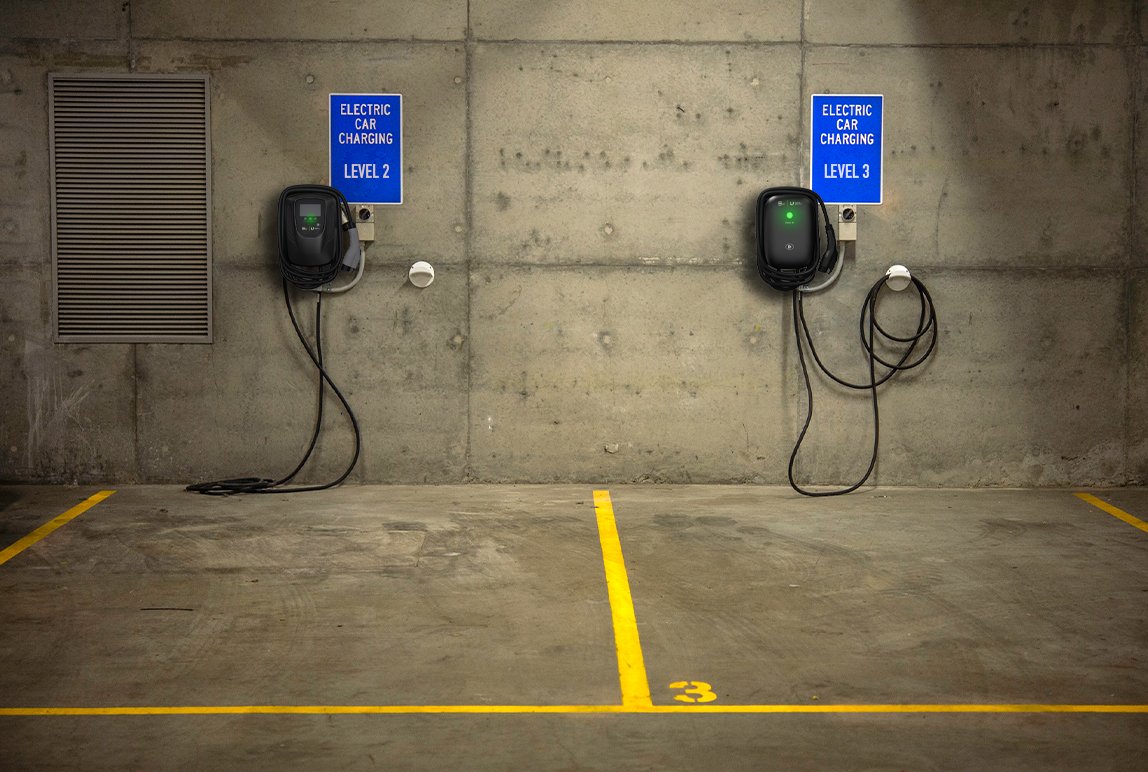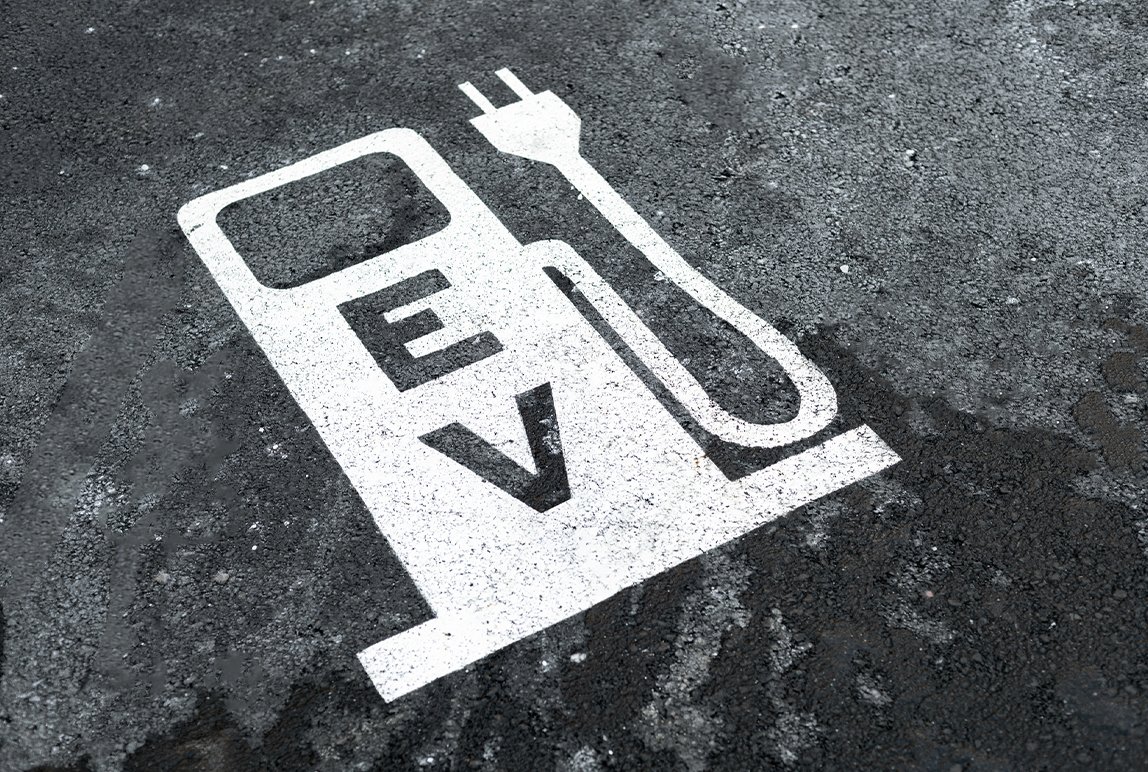Why Parking is Going Frictionless
Posted: Dec, 08, 2021 10:14AM ET • 3 min read
Bettering the customer experience by eliminating physical touchpoints.
Everyday interactions are becoming increasingly digitized, with fewer and fewer physical touchpoints along the customer journey. Although this advancement has been a long time coming, the onset of the global health crisis has since accelerated it, as touchless and frictionless experiences are no longer a desire but a necessity amongst society.
As most Canadians opt to drive and park throughout their day, parking is inevitably at the center of a frictionless journey. The industry is leading the way in deploying advancements in management and technology that promote more accessible, safer and faster interactions. How? By leveraging intelligent technologies to create intelligent, interconnected and frictionless parking solutions.
So, what is “frictionless” parking?
In short, customers (in this case, people parking) experience friction whenever they physically interact with a device. Examples of physical interactions may be using the parking equipment to pull a ticket. Another example of physical interaction is using a mobile device to complete payment. So naturally, a frictionless solution eliminates or minimizes these physical touchpoints for a customer.
How does License Plate Recognition foster frictionless parking?
License plate recognition (LPR) is the key to frictionless parking. Leveraging artificial intelligence and image-processing technology to identify vehicles by their license plate, LPR can be configured to eliminate all physical touchpoints by processing access via license plate credentials.
Ticketless LPR Configuration
In gated parking environments, LPR can enable the parking facility to be ticketless. A license plate is detected and read when it approaches the gate, opening the gate for the customer to enter without stopping and taking a ticket. Upon exit, the license plate is detected and read, and the amount due is calculated based on the time the car was parked. The customer can then pay for the amount due to exit the parking facility.
Free Flow LPR Configuration
In non-gated parking environments, LPR can enable the parking facility to be free flow. LPR devices are situated at the parking lot entry and exit. There is no stopping and no charge at the exit. For the system to be completely frictionless, transient visitors are invoiced for parking via mail, and subscribers are charged after the fact via their chosen automatic billing method. Hybrid frictionless models with physical pay stations or mobile payment methods are commonly adopted in this case.
Advancements in frictionless LPR solutions are on the rise as we transition towards a smart and interconnected society.
References
Lato, L. (2020, September 18). Frictionless parking: The way forward. Retrieved April 06, 2021, from https://www.parkingindustry.ca/parking-technology/frictionless-parking-the-way-forward
Parking Management Services. (n.d.). Retrieved September 21, 2021, from https://www.preciseparklink.com/ps-license-plate-recognition-parking-technology
Park Assist Parking Guidance System - precise ParkLink: Parking management services. Precise ParkLink | Parking Management Services. (n.d.). Retrieved September 21, 2021, from https://www.preciseparklink.com/ps-park-assist-parking-guidance-system
Parking enforcement services - precise ParkLink: Parking management services. Precise ParkLink | Parking Management Services. (n.d.). Retrieved September 21, 2021, from https://www.preciseparklink.com/ps-parking-enforcement-services
Parkedin urban mobility - Precise Parklink: Parking management services. Precise ParkLink | Parking Management Services. (n.d.). https://www.preciseparklink.com/ps-parkedin-urban-mobility
Simplified touchless access control, built for the future. Zerv Access. (2021, August 21). Retrieved September 21, 2021, from https://zervaccess.com/
Tenant engagement platform: Tenant experience software. Lane. (2021, August 23). Retrieved September 21, 2021, from https://joinlane.com/platform-overview/
Share Article:
Featured Articles
ABOUT THE AUTHOR
Jai Bansal
Systems Engineer
As one of Precise ParkLink’s systems engineers, Jai builds and tests the custom technology solutions that drive our clients’ automated access and revenue control systems. He’s heavily involved in developing our integrations between license plate recognition, parking guidance, card-based access credentials, as well as our intercom and video surveillance systems.
Jai graduated from the University of Toronto in 2016 with a degree in engineering science and has been applying his skills with Precise ParkLink ever since. Thanks to his perseverance and dedication to ensuring our clients have the best-possible experience with their solutions, he makes himself available to perform major upgrades and support our clients if ever they experience issues with their solution.
Questions?
Fill out the form below and we will do our best to connect you with a suitable contact.
